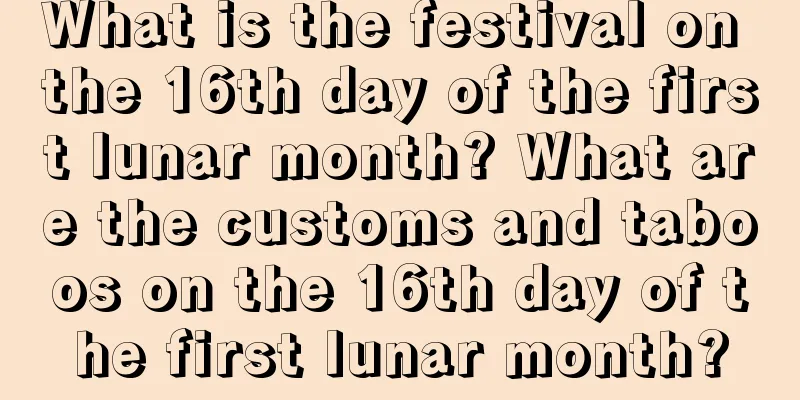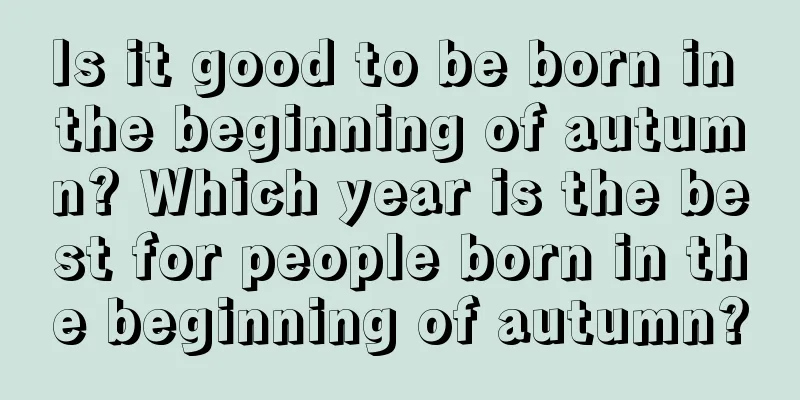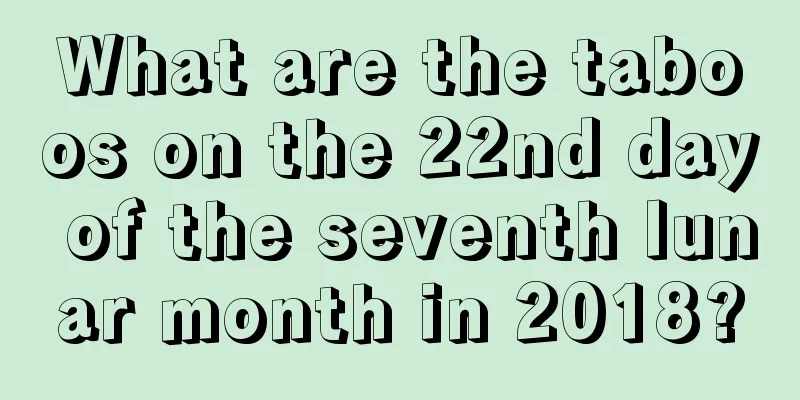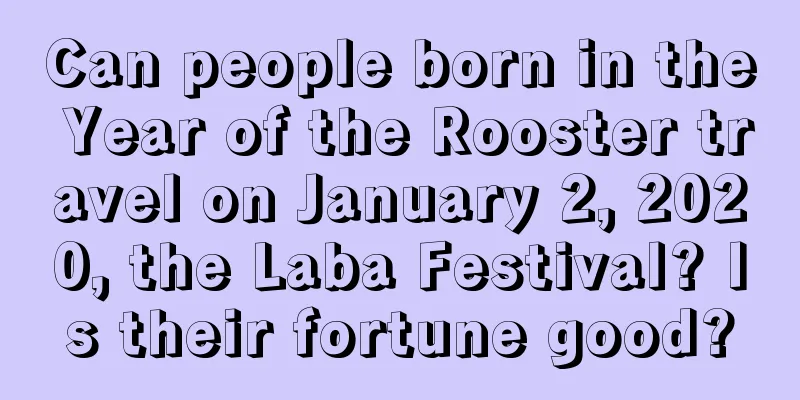What is the traditional festival of the Lunar New Year? What is the difference between the North and the South?

The Little New Year is celebrated on the 23rd day of the twelfth lunar month, which is almost a "rehearsal" for the Spring Festival. The sound of firecrackers adds to the flavor of the Chinese New Year. In fact, many people don't know what the Little New Year is. So what traditional festival is the Little New Year in the lunar calendar? What is the difference between the North and the South? Let’s take a look together!What is the traditional festival of the Lunar New Year?Xiaonian is a traditional Chinese festival, also known as Xie Zao, Zao Wang Festival, and Zao Wang Festival. It is the beginning and foreshadowing of the entire Spring Festival celebrations. The Chinese Spring Festival usually kicks off with the Kitchen God worship ceremony on the 23rd or 24th of the twelfth lunar month every year. There is a saying that "officials worship on the 23rd, ordinary people on the 24th, and boatmen on the 25th", which means that officials hold the Kitchen God worship ceremony on the 23rd, ordinary people on the 24th, and boatmen on the 25th. After the Kitchen God worship ceremony, preparations for the New Year officially begin. Therefore, the dates for celebrating the Little New Year have been different since ancient times, and until today, the dates for celebrating the Little New Year are different in each region.The following are some of the customs of the Little New Year: Worshiping the Kitchen God: The custom of worshiping the Kitchen God is very old. Legend has it that the Kitchen God goes to heaven to report the sins of the world. Once the sins are verified, the life span will be reduced by 300 days for a serious crime and 100 days for a minor crime. In the "Tai Shang Ganying Pian", there is a record that "the God of Life will take away the person's life span according to the severity of the crime." Siming refers to the Kitchen God. One hundred days is equal to twelve years. Therefore, when offering sacrifices to the Kitchen God, one must ask for his favor. Spring cleaning: Sweeping the dust is also called sweeping the year, which is actually cleaning the home environment. People in the north call it "sweeping the house" and people in the south call it "dusting". Traditionally, every household gets up at dawn on this day to sweep the house, clean the windows, and wash clothes. "Chen" and "Chen" are homophones, so sweeping the dust means sweeping away all the old things. This refers both to the old dirt in the courtyard and to the unpleasantness encountered in the previous year. Cutting paper-cuts: There are many kinds of folk activities during the Little New Year, most of which are preparations for the Big New Year, and cutting paper-cuts is one of them. The window grilles include peacock playing with peony, lion rolling embroidered ball, three sheep (yang) bringing good luck, two dragons playing with pearls, Liu Hai playing with golden cicada, etc. There are many varieties and the looks are pleasing. Eating sugar melon: Sugar melon, maltose, sesame candy and other foods were originally foods for smearing on the mouth of the Kitchen God, but gradually evolved into must-eat snacks for children during the Little New Year. There is a saying in Northwest Shanxi that goes "Eat sesame candy on the 23rd. If you can't have any, bite your fingers." What is the difference between the North and the South?1. About timeMost people in the north choose to celebrate the Little New Year on the 23rd day of the twelfth lunar month, while many places in the south still celebrate the Little New Year on the 24th day of the twelfth lunar month. 2. About window decoration Window paper-cuts are popular because of their exquisite patterns and the beautiful yearning for future life they contain. During the Little New Year in the north, pasting window flowers is an indispensable folk activity. The window flowers in every household symbolize the yearning for a happy life in the coming year. However, there is no custom of pasting window flowers in the south. 3. Eat dumplings People in the north love to eat dumplings, and this is no exception on the day of Little New Year, but there is no related custom in the south. 4. Bathing and haircut “Whether you have money or not, you will get a haircut for the New Year.” People in the north always get a haircut and bathe around the New Year’s Eve to prepare for the new year; while people in the south usually get a haircut and bathe before New Year’s Eve. 5. Eat sugar melon and burn it "On the 23rd, eat sesame candy. If you can't have any, bite your fingers." In addition to dumplings, sugar-coated melons, and steamed buns, northerners also have a unique custom of celebrating the Little New Year, which is not found in the south. |
<<: What is the date of the Little New Year in 2021? What day is it in the lunar calendar?
>>: What is the lunar date of 2021’s Little New Year’s Eve? What can Xiaonian do?
Recommend
Query the auspicious and unlucky time of June 23, 2017, and the auspicious and unlucky time of the day
1. What day is June 23rd of the lunar calendar in...
Is the summer solstice of 2019 the first day of the dog days? Why do we eat dog meat on the summer solstice? What is the saying?
Introduction: The summer solstice is one of the 24...
Where is the God of Wealth at different times on the tenth day of the eighth lunar month in 2020?
Each season has three months: Meng, Zhong and Ji,...
What are the do's and don'ts on the fourth day of the fifth lunar month in 2017?
The Dragon Boat Festival month is the fifth month...
Is it a good time for a new store company to open on December 11, 2019 in the lunar calendar? What’s the Feng Shui for the opening?
Opening a business is an important event, and the...
Is it taboo to move graves on February 18, 2020? Check the auspiciousness and inauspiciousness of March 11!
Introduction: It is also necessary to choose an au...
Is it auspicious to get married on August 8, 2019, the beginning of autumn? When will the 2019 autumn tiger end?
Introduction: The Beginning of Autumn is the first...
Is it okay to hold the funeral on the 21st day of the first lunar month in 2021?
Funeral is the last journey of life, so of course ...
May 14, 2020 — Is the 22nd day of the fourth lunar month a good day for a haircut?
Haircuts require auspicious dates and feng shui. C...
What harm will the Grain in Ear solar term bring to the human body? What should we pay attention to in the health preservation of Grain in Ear solar term?
Introduction: The solar terms all indicate changes...
What date is the third day of the sixth lunar month in 2017? What day is it?
What day is the third day of the sixth lunar mont...
What is the zodiac sign of people born on Bailu? The meaning of being born in the White Dew season
The time of each solar term is based on the Gregor...
What kind of Feng Shui paintings are suitable for the entrance corridor?
Introduction: When it comes to interior decoration...
Lunar calendar September 23, 2018, is it a good day?
Want to know what the ninth month of the lunar ca...
Can I give my mother an umbrella on Mother’s Day in 2020? What is the meaning of giving an umbrella on Mother’s Day?
Introduction: People give gifts to their mothers o...









